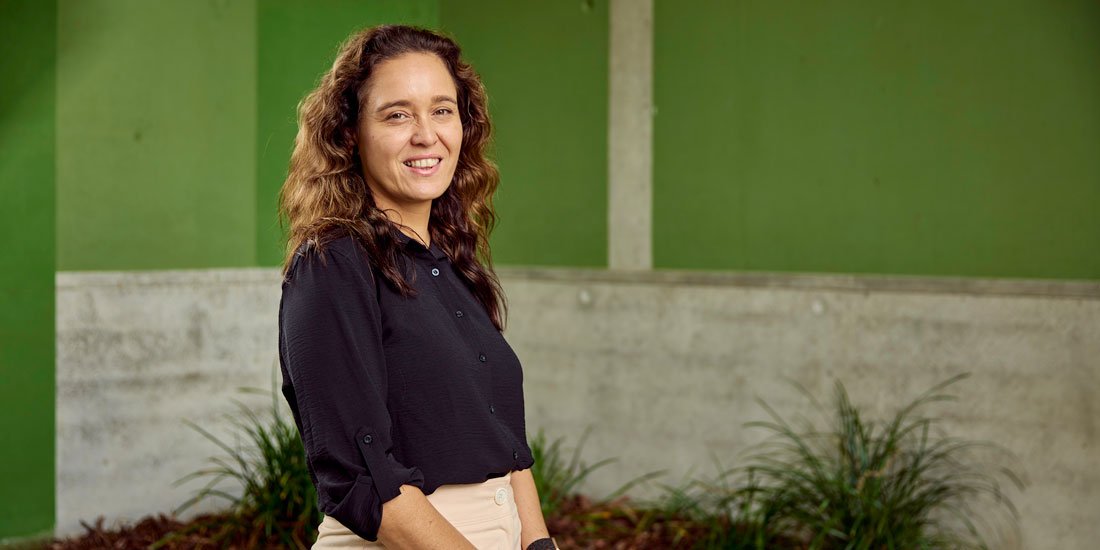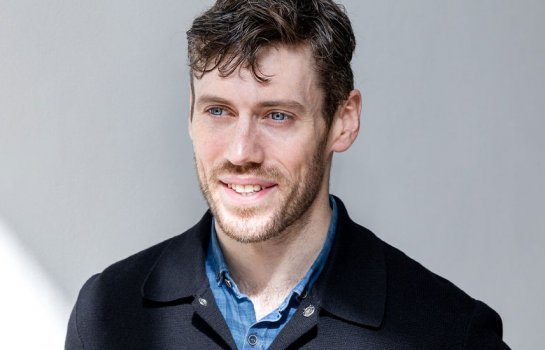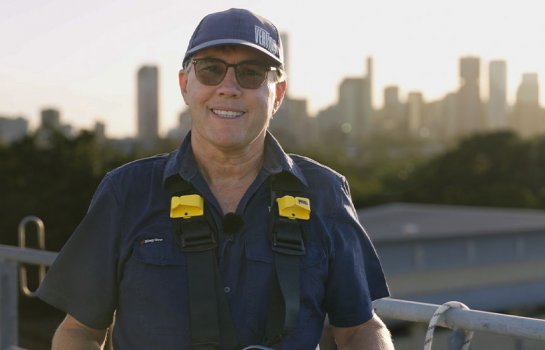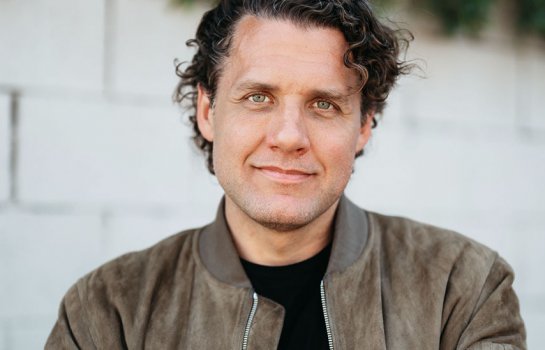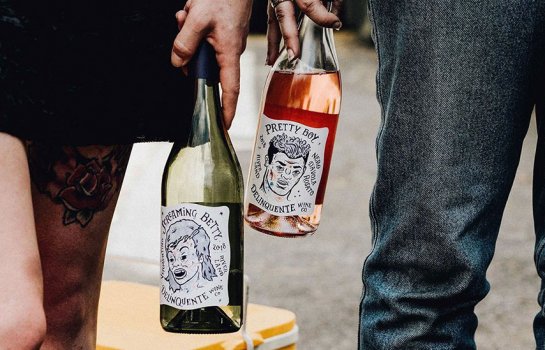Serene Fernando, Curator, State Library of Queensland, Working Country
There is a richness in understanding our collective shared history and lived reality that can bridge the divide.
Serene Fernando is a Gamilaraay woman of north-west New South Wales, and the curator of State Library of Queensland’s newest exhibition Working Country. Her extensive experience as an educator and researcher has helped her to cultivate expert knowledge in historical Indigenous research, using cultural interpretive frameworks to decolonise historical archives. Serene’s work has seen her lead projects at the National Museum of Australia, which highlighted Indigenous interpretation of the past through storytelling and cultural world-views. Serene’s current project is shining a light on the moments in history where Aboriginal people made a significant mark in shaping Australia’s foundations, yet weren’t acknowledged for their contribution. We caught up with Serene to discuss everything Working Country, her curatorial process and some words of wisdom she lives by.
We’d like to kick things off by getting to know a bit about you! What was it that inspired you to pursue a career as a curator?
I’ve been inspired to pursue a career as a curator so I can contribute to telling the stories of the past that speak to the lived experiences of Aboriginal people. I pursued a career as an academic researcher, and I’ve worked with historical records to uncover the past and determine Indigenous narratives that exist in the recorded materials.
What would you say is the most personally rewarding aspect of your job as a curator?
I’m able to share the truth of the past and uncover Indigenous perspectives that are often not narrated and understood. We are yet to understand the full extent of what Aboriginal people have experienced in this country, and yet to understand the resilience and strength it took to endure the full impact of colonisation.
Your most recent project Working Country is showcasing the integral role Aboriginal people played in establishing Queensland’s pastoral industry. How did it feel curating Working Country?
Through developing the curatorial content for Working Country, I gained an increased appreciation for my family’s experiences and our history. I learned more information about both of my grandfathers who worked in the pastoral industry – it was an unexpected way for me to gain a deeper insight into their experiences while researching this showcase. I feel a greater sense of understanding about the sacrifices they made to keep our family safe during the era they lived through. Looking further into the role Indigenous people played in the pastoral industry gave me better clarity about the past and the strength that was needed to overcome the difficulties they faced.
Why was it important to do this showcase?
Working Country is important because it shines a light on the moments in history where Aboriginal people made a significant mark in shaping our country’s current foundations, yet the acknowledgement of their contributions is not well known or celebrated. Aboriginal people helped build this country, and their hard-earned money was kept from them and used by others to create wealth that they were denied. It’s a truth about our shared history that needs greater understanding, it should be part of society’s greater collective consciousness. It’s important more Australians understand our true shared history, as the dominate narrative excludes Indigenous peoples’ lived realities and experiences.
What stories did you uncover that you did not know before?
I uncovered the harsh truth that Aboriginal children were stolen from their families and were made to work on cattle stations. Many Aboriginal women also experienced extreme mistreatment and abuse at the hands of colonial violence in the pastoral industry. These harsh realities I found triggering and uncomfortable to come to terms with. I understand the massive need for healing in our country and to acknowledge and make known the atrocities of the past, so we can heal from it and make sure it is never repeated.
Who do you hope will visit the showcase?
I hope people from all walks of life come to visit Working Country to see the impact Aboriginal people have made in this country. I would like them to gain an understanding and uncover the truth of what many Aboriginal people have lived through and experienced.
What would you like people to take away when they visit Working Country?
I’d like people to see that Aboriginal people have always been there, building this country to make it what it is today. Sadly, these many contributions are not celebrated in the core narratives of the dominate culture. They are the unsung heroes who have endured and have achieved so much in the face of the extreme of violence and hardship against them. Working Country is a showcase of pride in Aboriginal resilience and their fortitude to master a foreign trade, making it their own, on their homelands and in a culturally significant way.
What was your curatorial process for Working Country?
The curatorial process involved searching the library collection materials and consulting and liaising with Aboriginal peoples and communities to bring out the narratives of the past and Aboriginal peoples’ involvement in the pastoral industry.
Finally, what are some words of wisdom that you live by?
There is a richness in understanding our collective shared history and lived reality that can bridge the divide.
Working Country is a free showcase and is currently being shown at State Library of Queensland. For more information visit State Library of Queensland’s website.

